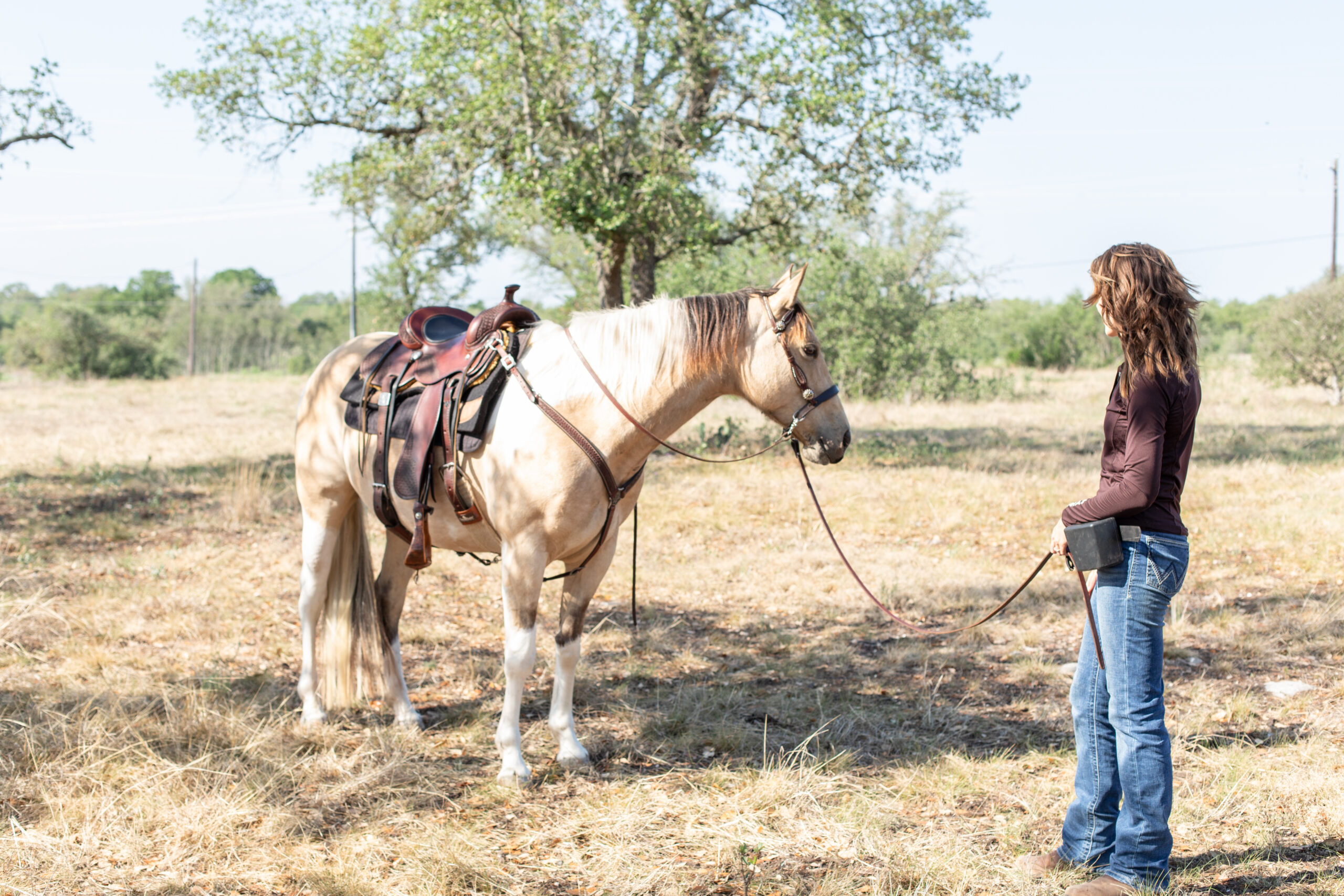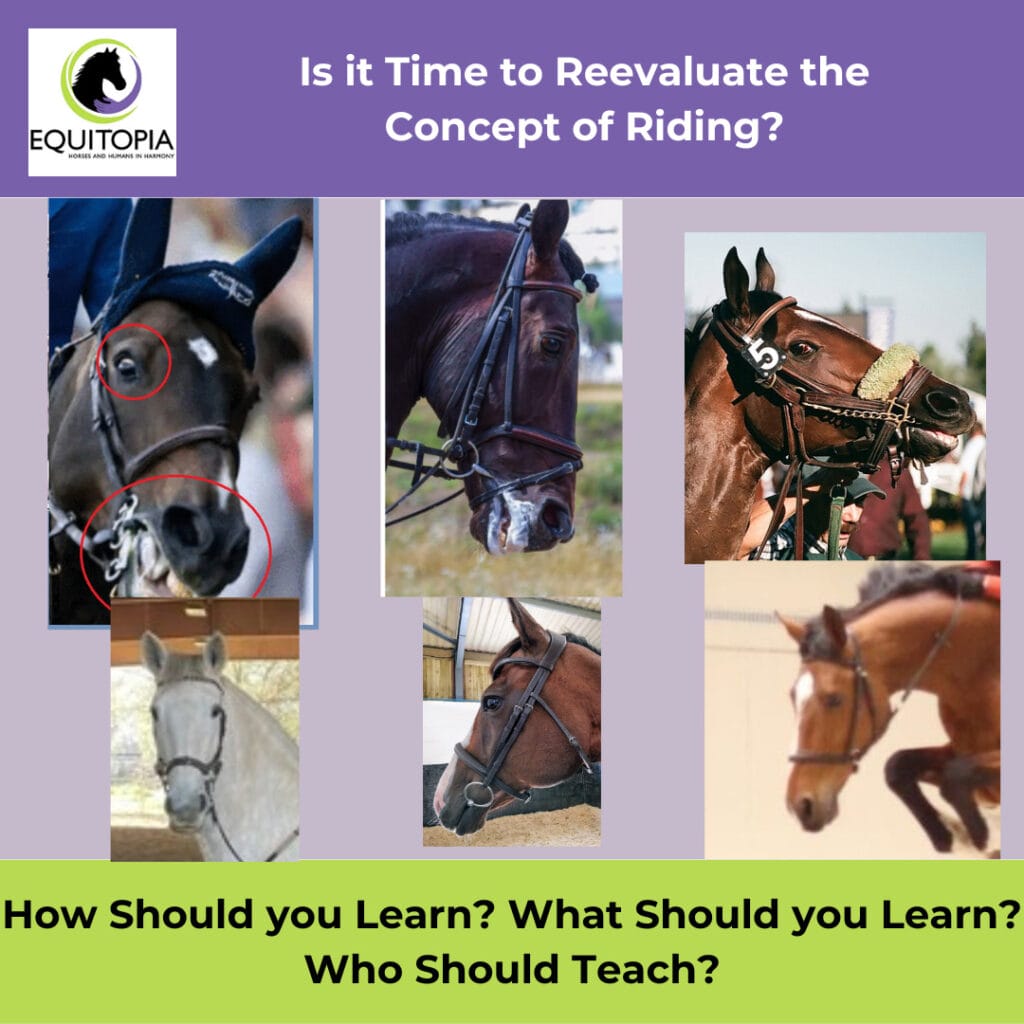
By Equitopia Founder, Caroline Hegarty
A question came up recently on a post we made – How do you learn how to ride without making a horse uncomfortable?
This question had me putting my thinking cap on to really dive into what might seem like a simple question, but, in reality, opens up a whole set of other questions that relate to the multiple variations of what paths are followed by those who want to learn how to ride horses.
So, the journey usually begins with some underlying motivation or influence that is the deciding factor on the quest to ride.
Hopefully, it begins with a love for horses.
My own journey began at age 6, and being an extremely non-horsey family, the culturally ingrained rule is that love of horses = learn how to ride, because horses are meant to be ridden.
From there, the usual trip to the riding school for lessons.
Would I knowingly have taken lessons on horses that were compromised physically, mentally or emotionally? NO
Did I know enough to recognize an uncomfortable or lame horse? NO
Is this what we still find at most riding schools – shut down, lame, “grumpy”, “stubborn”, “lazy” horses?
Are the instructions from “instructors” still along the lines of “kick him”, “smack him” , “pull the reins” etc.?
If this is the culturally ingrained route to learning to ride, then are we all learning to accept that this is normal?

Do we take the time to really look at these horses as sentient beings and understand their needs, or do we focus on our own goals and desires, fueled by a socially embraced notion that winning medals is the ultimate achievement for a horse owner/rider – regardless of the means of obtaining it?
The pivotal question emerges: How should one learn to ride ethically in an industry where ethics are hard to come by?
How do we influence the creation of better protocols and regulations that prioritize horse welfare as part of the learning to ride and riding experience?




